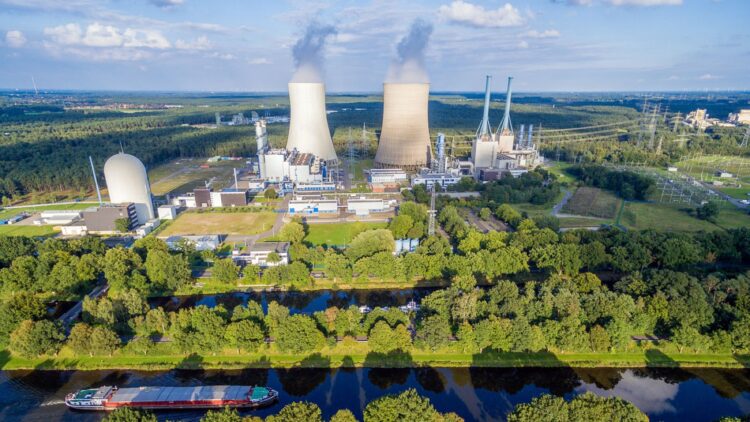Germany is ramping up its renewable energy investment by developing a green hydrogen facility akin to a nuclear power plant. While this ambition seeks decarbonization and sustainable industrial practices, it raises concerns about environmental impacts and technological industrial feasibility. As Germany progresses with this initiative, examining it closely uncovers both considerable benefits and notable drawbacks.
Transforming Germany’s energy landscape: The green hydrogen plant project
At the forefront of this green energy revolution is the collaboration between Sunfire, a leading electrolysis company, and RWE, one of Germany’s key utility providers. A substantial contract has been awarded to Sunfire for a 100-megawatt pressurized alkaline electrolyzer that will be located at RWE’s hydrogen site in the town of Lingen. This facility forms an integral part of RWE’s GET H2 Nukleus project, which aims to achieve a total output of 300 megawatts upon completion.
The electrolyzer is set to generate up to two tons of green hydrogen per hour, primarily catering to industrial sectors in Lower Saxony and North Rhine-Westphalia. Additionally, RWE is developing an electrolyzer project near the Magnum Power Station in the Dutch city of Eemshaven, harnessing renewable energy from the OranjeWind offshore wind farm.
The Lingen facility is projected to start operations by the end of 2027. Utilizing Sunfire’s cutting-edge technology, this project will boost production capabilities and position the company as one of the select few capable of delivering electrolyzers at such an industrial scale.
As such, the output from these electrolyzers is expected to be instrumental in reshaping Germany’s energy landscape. Furthermore, this collaboration marks a crucial moment for RWE, with the potential to significantly alter its existing energy portfolio.
Understanding the advantages of Germany’s green hydrogen production efforts
If it succeeds, the Lingen plant presents several significant advantages, such as:
Decarbonization impact: By producing green hydrogen, the plant can drastically reduce carbon emissions linked to industrial processes, thus supporting Germany’s climate goals by encouraging industries to adopt sustainable practices.
Enhanced energy infrastructure: Integrating green hydrogen production with existing renewable sources, such as wind power, increases energy and contributes to a more adaptable energy system capable of accommodating fluctuations in supply and demand.
Job creation and economic growth: The establishment of a large-scale electrolyzer facility will create new employment opportunities in renewable energy – from construction and installation to long-term operations and maintenance – leading to a boost in local economies.
The disadvantages of large-scale green hydrogen production in Germany
While these projects seek sustainability, they also come with significant drawbacks. A major concern is the environmental impact associated with electrolyzer production: the energy-intensive manufacturing process could offset the emission savings from using green hydrogen. If renewable energy is not utilized adequately for these processes, the overall benefits could be reduced.
There are also concerns about the reliance on large-scale renewable infrastructure. Major investments in green hydrogen production might divert necessary resources away from other renewable technologies, such as solar and wind energies, which could provide more immediate decarbonization benefits.
What’s more, integrating green hydrogen production into existing systems poses technical challenges. For instance, RWE’s efforts to co-fire as much as 30% of hydrogen with natural gas at the Magnum Power Station face risks related to inefficiencies and resource absorption. This could potentially hinder the transition to completely green energy. Resultantly, the dependence on hybrid solutions may prolong reliance on fossil fuels rather than driving progress solely into renewable energy.
Tellingly, Germany’s initiative showcases a bold stride toward a green hydrogen economy, sparking hope for major sustainable progress. However, addressing potential environmental drawbacks is essential for its success. Thus, stakeholders must remain vigilant in order to ensure a truly green future.

